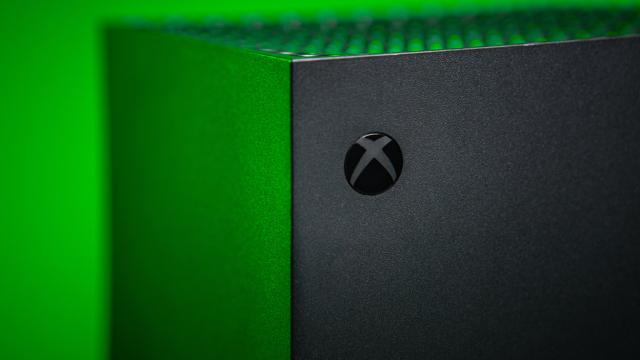A new Xbox console comes with either 1TB (Xbox Series X) or 512GB (Xbox Series S) of built-in storage space to play around with. Unlike the Sony PlayStation 5, there’s no internal expansion slot to make use of, so if you want to expand that storage, you’re going to have to plug in an external hard drive.
While 1TB or 512GB might sound like a generous allowance, it doesn’t take that much effort to use it up. If you have a rotating selection of games that you load regularly, you’re going to find yourself cycling through the same process of uninstalling and redownloading the ones you want to play—particularly if they’re larger games.
Adding external storage comes with a cost attached, but it saves you all that download time. Depending on the type you choose, you can run games straight from your extra drive, or use the console’s file management features to swap games between internal and external storage.
Choosing an external drive on an Xbox Series X/S
The best option for adding storage to an Xbox Series X/S is to use the dedicated Storage Expansion Card slot on the back of the console (it looks like a larger USB port, and it’s labeled Storage Expansion). Games can be run directly from an expansion card plugged in here, so it’s as good as internal storage—but it’s also the more expensive option.
Only two drive manufacturers make official Xbox expansion cards—Seagate and Western Digital—so you’re somewhat limited in your choice of drive if you go down this route too. You’ve got options of 512GB, 1TB, or 2TB of internal storage, and fitting it is as simple as plugging it into the Expansion Card port.

You can set default locations for your games and apps. Credit: Lifehacker
When it comes to making use of the USB-A ports on the Xbox Series X/S, you can choose pretty much any external SSD or HDD you like, as long as the capacity is 128GB and the drive supports USB 3.0 or greater. You can use external drives that come with a separate power supply or those that are powered from the USB port on the Xbox.
The difference with external drives that aren’t official expansion cards (from Seagate or Western Digital) is that you can’t run Xbox X/S games directly from them—you’ll need to swap games on and off the internal storage to play them, which is still quicker than downloading them each time. However, games made for older Xbox consoles will run directly from your external storage, if you’re still playing some of them.
Using an external drive on an Xbox Series X/S
Whatever expansion card or external drive you’re using with your Xbox X/S, it should be detected by the console as soon as you plug it in. You should also see a message pop up on screen asking if you want to use the drive to store media files (like screenshots), or games and apps—most of the time it’ll be the latter. If the drive isn’t correctly formatted for the Xbox, you’ll be invited to format it too.
You can find all of the relevant options for your external storage device by opening up Settings (via the cog icon on the home screen), and then choosing System and Storage devices. Both the internal storage and any external storage devices will be listed together with how much space is free: Select any drive to rename it, reformat it, or to view what’s actually on the drive.

Games and apps can be easily moved between drives. Credit: Lifehacker
Select your internal or external storage, and then Move or copy to start moving games around (to free up space on the internal storage, for example). Once you select a game or app, you’ll see the Copy selected and Move selected options become active on the right-hand side, and these can be used to transfer the necessary files.
Back on the previous Storage devices screen, select Change installation locations to choose where games and apps are installed by default: Either on the internal storage, or the external drive or expansion card that you’ve connected. This setting can be configured in three categories for Xbox Series X/S games, older Xbox games (which can be run from any drive), and apps.

Leave a Reply
You must be logged in to post a comment.